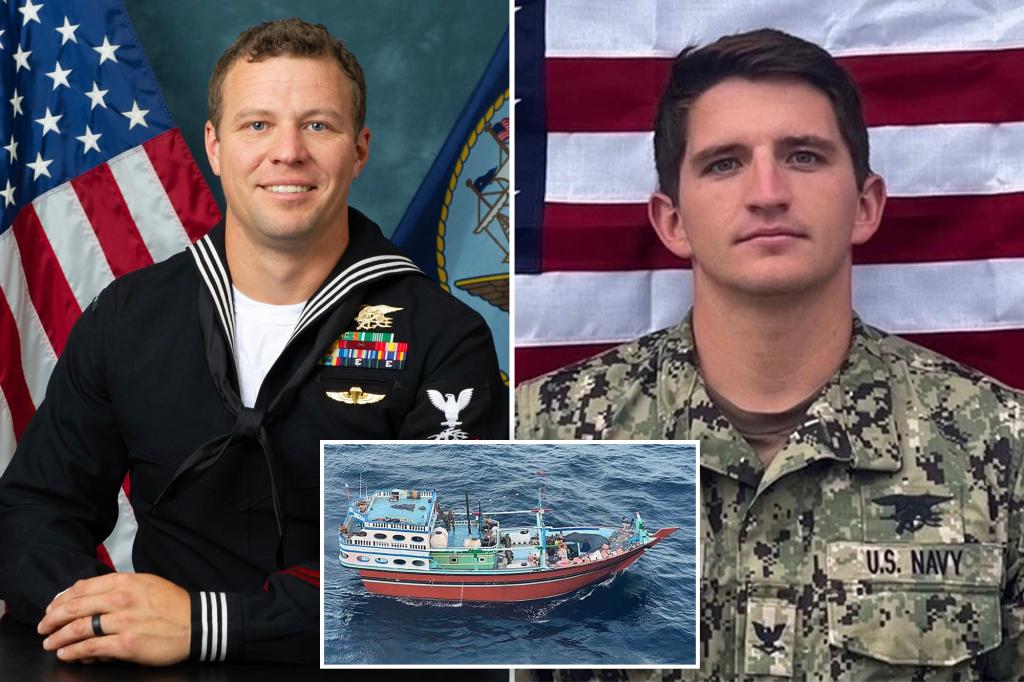Two US Navy SEALs tragically drowned as they attempted to board a ship carrying illicit Iranian-made weapons to Yemen due to significant training failures and a lack of understanding of what to do after falling into deep waters. The Navy investigation into the January deaths of Chief Special Warfare Operator Christopher J. Chambers and Navy Special Warfare Operator 1st Class Nathan Gage Ingram concluded that their deaths could have been prevented if they had the proper equipment and training. Both SEALs sank quickly in turbulent waters off the coast of Somalia, weighed down by heavy gear and lacking the knowledge of how to use their flotation devices effectively.
The mission that led to the deaths of Chambers and Ingram was aimed at intercepting weapons meant for the Iranian-backed Houthis in Yemen, who have been conducting missile and drone attacks against commercial and US Navy ships. Despite retaliatory strikes by the US, the attacks have not ceased. The SEALs were members of SEAL Team 3 and perished during a nighttime mission to climb onto an unflagged ship in the Arabian Sea. Chambers fell while climbing on the ship’s deck, prompting Ingram to jump in to save him, but both were unable to stay afloat due to the heavy equipment and inadequate flotation devices.
The investigation report, written by a Navy officer who is not part of Naval Special Warfare Command, highlighted deficiencies in training, policies, tactics, and conflicting guidance on the use of emergency flotation devices. The report revealed that the SEAL team was operating in 6-8 foot seas, which were initially manageable but became more challenging as time passed. Chambers fell into the water while trying to board the ship, and Ingram jumped in shortly thereafter. Despite trying to stay afloat and grab onto a ladder extension, both SEALs succumbed to the waves within seconds.
The report pointed out that the SEAL team was not adequately trained in the use of their flotation devices, with many members lacking experience using them. Additionally, it mentioned the cumbersome nature of the devices when fitted with foam inserts and equipment, making it difficult for the SEALs to swim or stay afloat effectively. Changes to training and guidance are already being implemented by Naval Special Warfare Command in response to the investigation, including standardizing buoyancy requirements, refining man-overboard procedures, and reviewing safety processes. The command is also considering developing force-wide policies to address water safety during maritime operations.
Rear Adm. Keith Davids, who led the command at the time of the tragic incident, expressed the Navy’s commitment to learning from the deaths of Chambers and Ingram and implementing necessary changes to prevent similar tragedies in the future. The report recommends that Ingram be posthumously commended for his heroism in attempting to save his teammate. Both SEALs were promoted one rank posthumously. The mission that led to the deaths of the two SEALs successfully intercepted Iranian weapons intended for the Houthis in Yemen, according to a Defense Intelligence Agency report.


